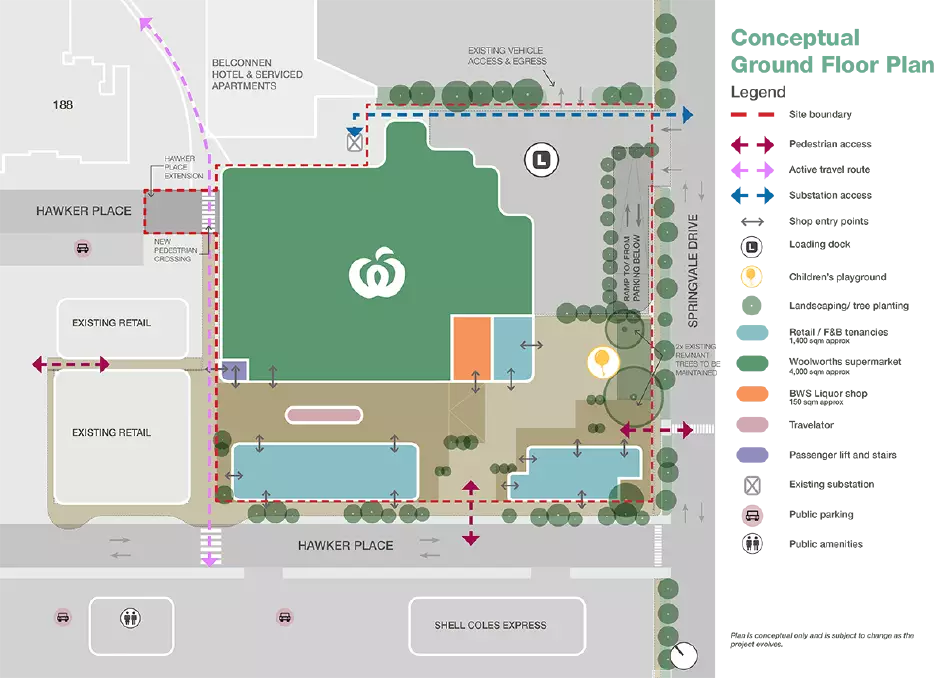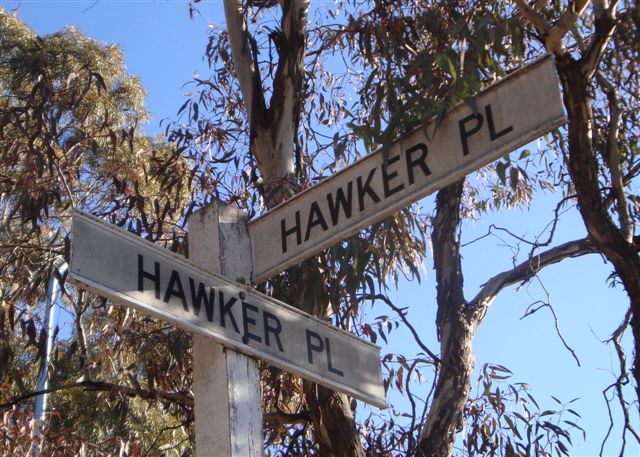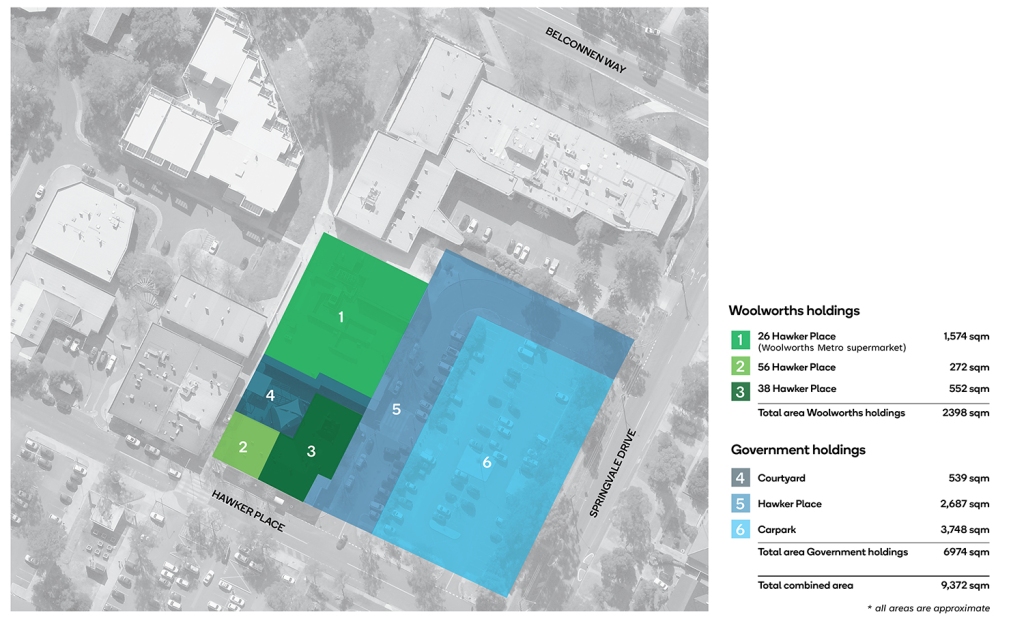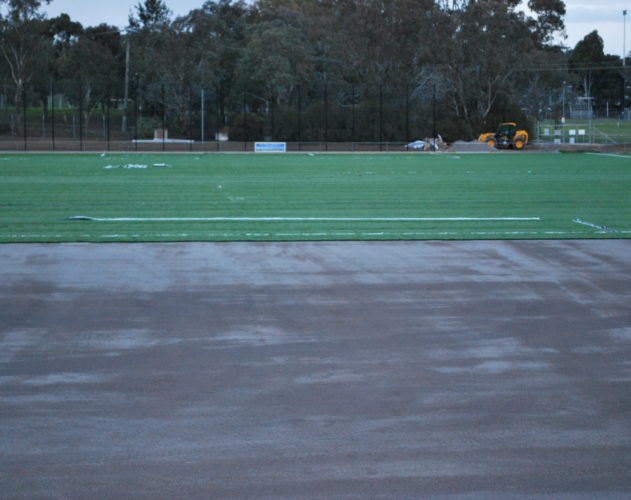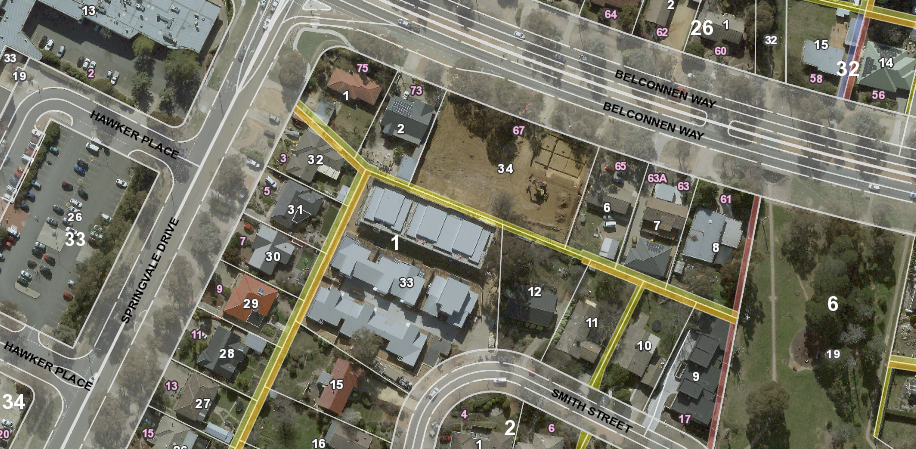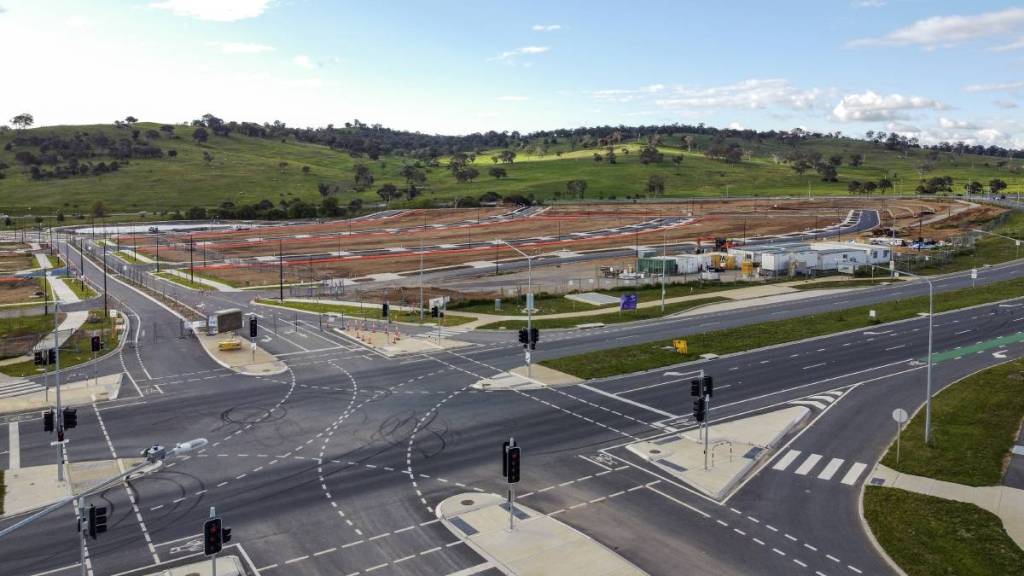Our governments seem, on the one hand, to behave like control freaks when it comes to excluding the populace from decision-making but, on the other, when it comes to controlling developers, they lapse into near-total permissiveness.
What can planning rules actually achieve? If they can’t mandate beauty and should avoid flexibility, if they should eschew government self-interest and strive for broad-scale long-term impartiality, how should they be made? What principles should they enshrine? We know from experience that it’s easy to make rules that foster the exploitative, profiteering CBD-view of the city centre; city as cash machine. That’s simple but can we also make rules that encourage the softer, more empathetic and life-enhancing kind of city for which we yearn? How can we use democracy to create the city as habitat?
Really, there’s only one question that the designers of city-shaping rules should ask themselves. It’s this: where does the public interest lie? Money-making washes its own face. It needs no government protection. The public interest, by contrast, is weak and amorphous and needs all the definition and protection it can get. Indeed, this is what we have government for.
The first step in determining the public interest is genuinely to seek it. Again, this is obvious. Yet few politicians seem to give a damn, despite a surprising degree of consensus.
Most rules work by exclusion. They constrain freedom by setting boundaries but, within those bounds, facilitate it. A height limit, density limit or floor-plate limit (establishing a maximum area for each floor) says, ‘Within these constraints, do whatever you like.’ In fact, rules are only necessary to protect the weak. If people were reliably good, we wouldn’t need codes, rules, disciplines, religions or laws. Rules exist to protect the weak and vulnerable against depredation by the strong and powerful.
From Killing Sydney, The Fight for a City’s Soul by Elizabeth Farrelly (2021)
